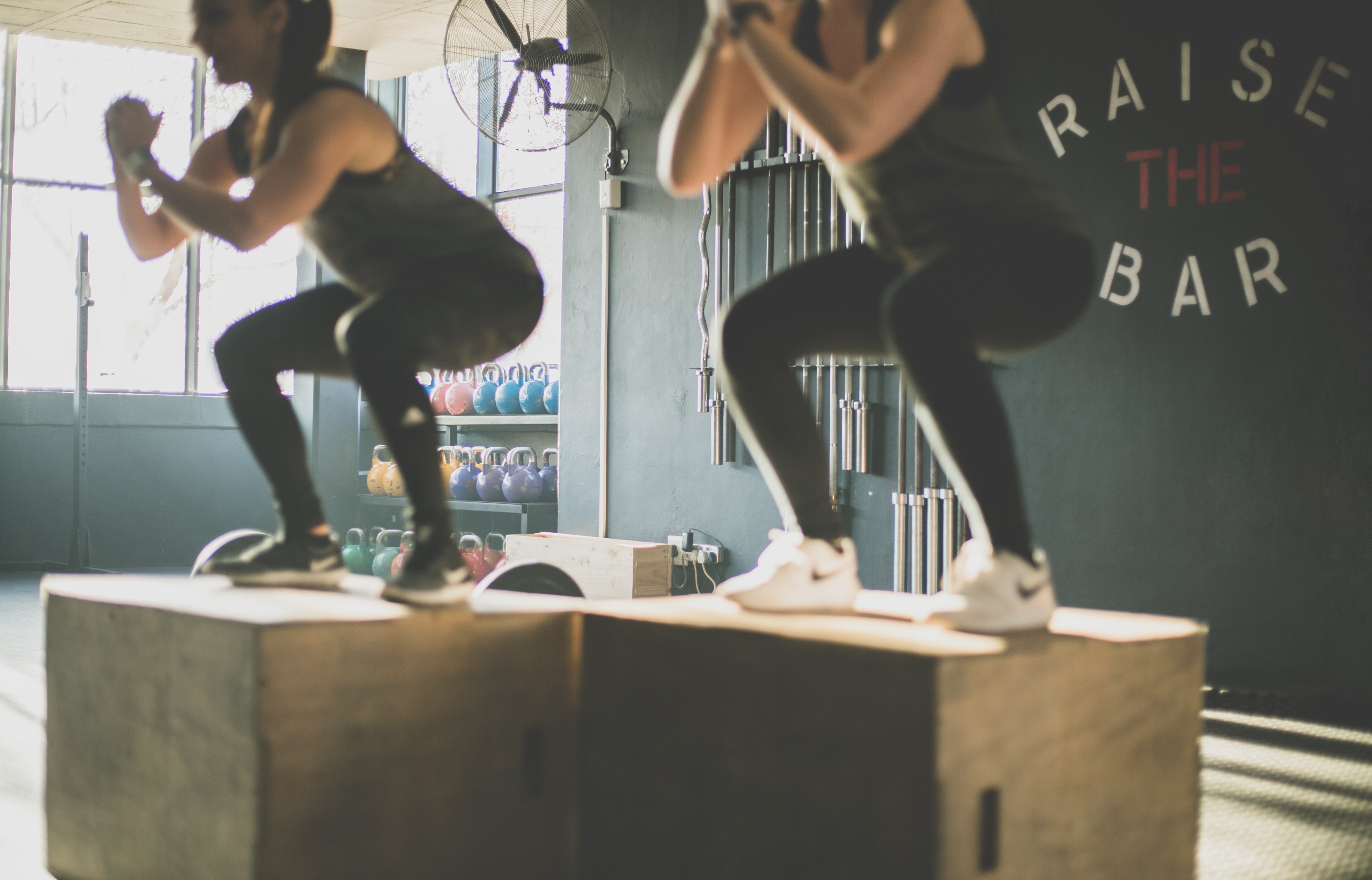
What It Is
“Athletic low back pain” is pain in the lumbar spine experienced by athletes of any age. Pain is a symptom that tells us something needs attention. It is not a diagnosis on its own.
Common Diagnoses Linked to Athletic Low Back Pain
Facet dysfunction
Spondylolisthesis often seen in wrestlers and grapplers
Spondylosis more common in older athletes
Disc degeneration or disc dysfunction most common overall
Lumbar strain
Who Gets It
About 85 percent of people will feel low back pain at some point. Risk climbs in sports with high energy trauma such as wrestling and gymnastics and in sports with repeated spinal loading such as weightlifting, rowing, and cricket.
Active people often report less severe and less disabling back pain than sedentary people.
Why Your Back Hurts During Sport
Start with three questions:
What was the mechanism of injury
How long has it hurt and how does it feel acute, subacute, or chronic
What does your sport demand from your spine load, position, and movement pattern
These questions guide testing and treatment but do not replace a medical evaluation.
Pain Does Not Equal Damage
Pain is influenced by many factors. Imaging does not always match symptoms.
Some athletes with spine changes on imaging have no pain
Some athletes with normal imaging still have pain
The best care uses medical history, physical exam, and imaging when indicated to create the right plan.
How We Think About Pain in Sport
Load x Position x Movement Pattern = Pain Level
By adjusting these variables we can reduce symptoms and speed your return.
When to Seek Immediate Medical Help
Numbness or tingling in both legs
Loss of bowel or bladder control
Severe pain at rest that is worsening
Recent major trauma
If any of these apply, seek medical care now.
Your Five Step Plan to Overcome Low Back Pain
Step 1: Do not panic
Most cases improve within weeks to months. Remember that pain does not always equal tissue damage.
Step 2: Screen for red flags
If you are unsure, check in with a licensed medical provider.
Step 3: Find your entry point back to movement
Avoid complete rest
Start with gentle walking and light mobility
If the gym feels okay, go easy and keep moving
Step 4: Begin progressive loading
Gradually load the spine and the surrounding muscles
Underdosing stalls progress
A rehab professional can set safe progressions
Step 5: Return to performance
Rebuild sport specific skills
Use load management to prevent flare ups
Track progress with a performance coach
Ready to Get Back to Sport
If you are unsure where to start, we can help. Delta Performance and Rehab helps athletes reduce pain, rebuild confidence, and return to high performance.
Call or Text: (754) 233 3907
Email: dr.mike@deltaperformanceandrehab.com
Book online: https://deltaperform.janeapp.com
Instagram: @delta_performance_rehab
Mike Hernandez, PT, DPT
Disclaimer: This post is for education only and is not medical advice. If you are in pain, consult a licensed provider.
Similar Articles
Explore More Articles
Sign Up To Our Newsletter
Stay connected, inspired, and informed about everything fitness!




